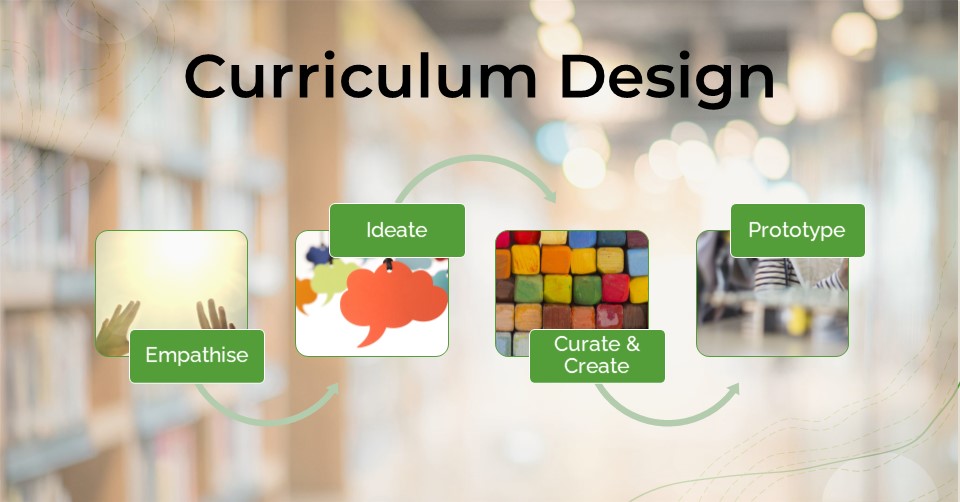
Curriculum Design
Bringing a structure to the learning journey
What is Curriculum Design?
A crucial step in the creation of a course, CD comprises of systematically and scientifically organising the instructional blocks within the course. These blocks could include activities, readings, lessons, and assessments.
What is the purpose of curriculum design?
Curriculum Design is a critical step in designing learning programs. Samriddhi's Curriculum Design process ensures that rather than having discrete pieces of training content, there is a unifying thread bringing together the entire program. This ensures that that there is synergy between the various pieces of content and the learner follows a logical and science based path to not only learn, but also apply the learning and demonstrate proficiency.
What are the various types of Curriculum Design?
There are a number of ways to categorise Curriculum Design - on the basis of learning theory, approach to design, and the curricular orientation. At Samriddhi, we focus on the three types of Curriculum Design basis center of design, problem, learner, and subject centred design.
How is Curriculum Design different from Instructional Design?
Curriculum Design could be explained as what a learner learns while Instructional Design determines how s/he will learn it. At Samriddhi, it draws closely from our Instructional Design Capability.
What is the Curriculum Design process?
Samriddhi's Curriculum Design Framework includes a four step process:
-
- Empathise
-
Understand the learner's context
Review Existing curriculum and past learning
Gather Insight and Inspiration
-
- Ideate
-
Primary and Secondary Research
Identify New/ Relevant ID Tools
Mini-map curriculum structure
-
- Curate and Create
-
Instruction
Measurement
Engagement
Curate and Create content according to the UDL principles, categorised into:
-
- Prototype
-
Quality Control
Seek stakeholder feedback
Refine and Improve